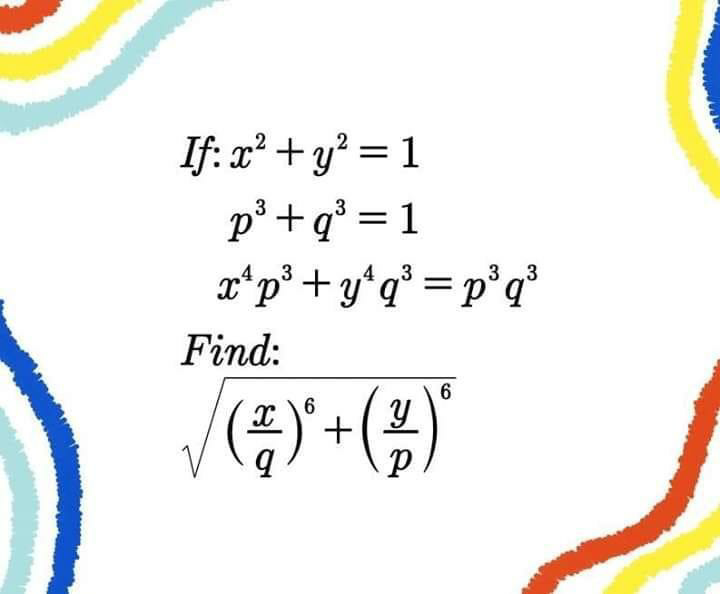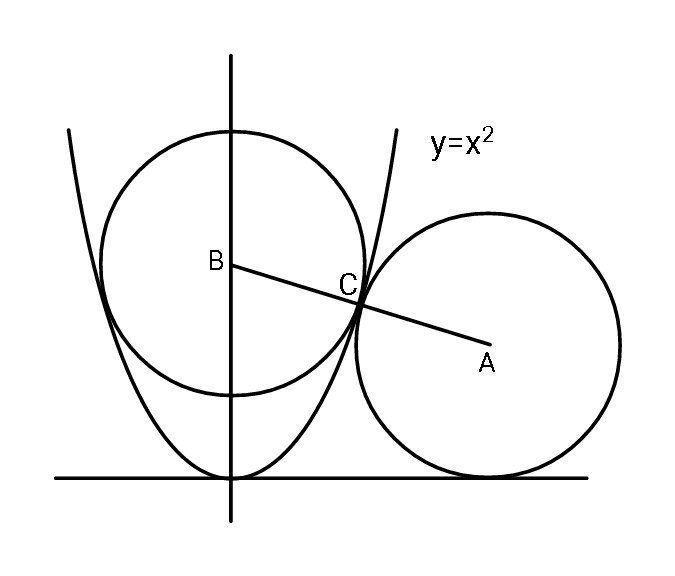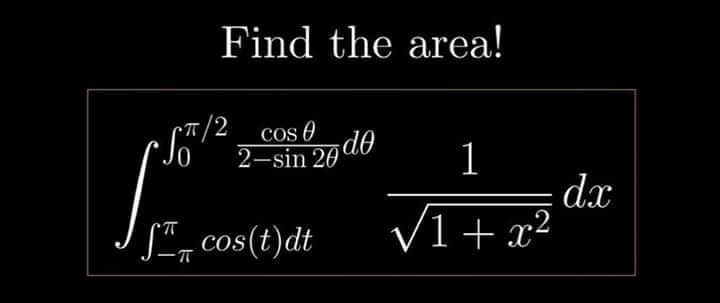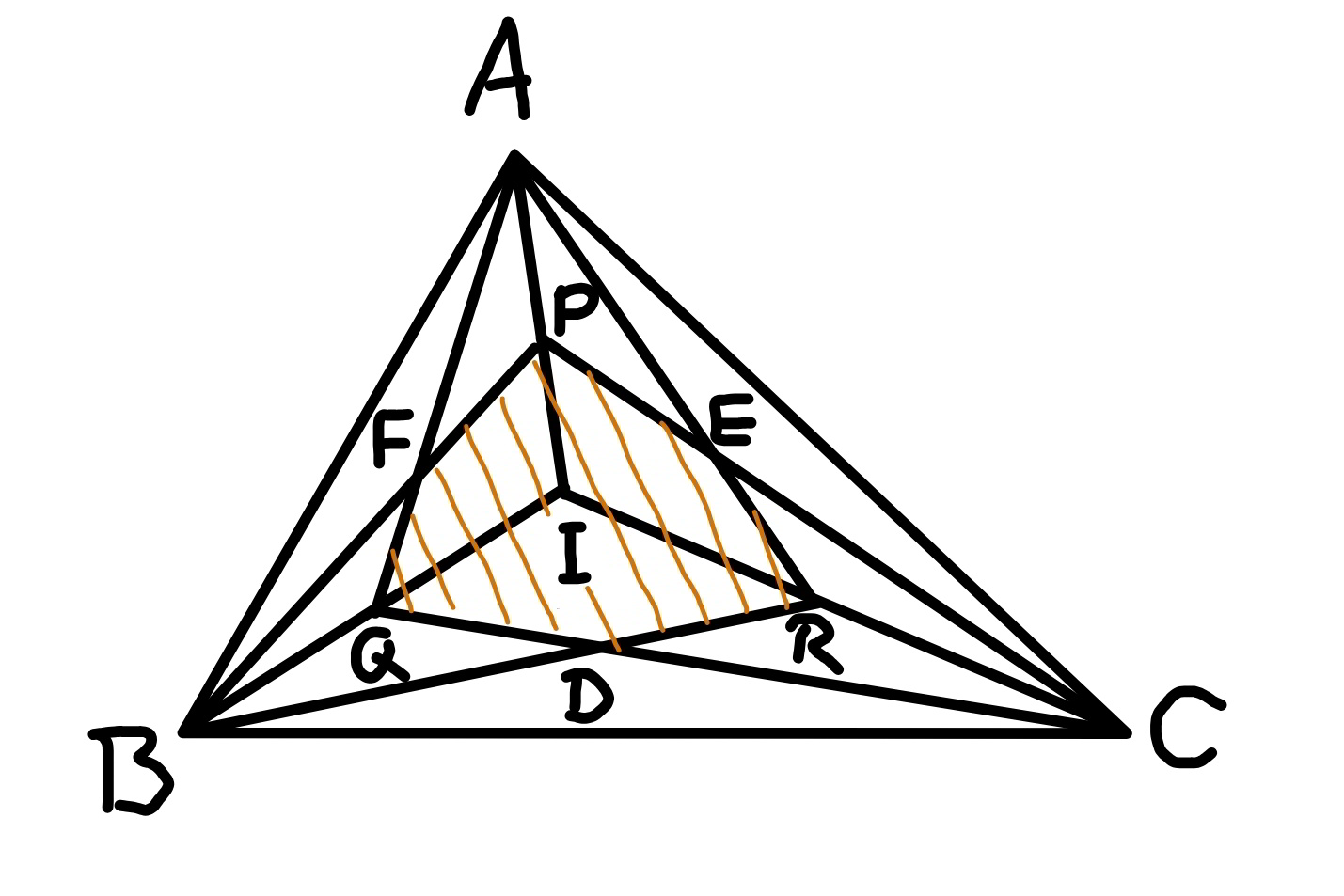
AllQuestion and Answers: Page 1330
Question Number 80914 Answers: 0 Comments: 0
Question Number 80912 Answers: 0 Comments: 2

Question Number 80907 Answers: 1 Comments: 0
Question Number 80900 Answers: 1 Comments: 1

Question Number 80896 Answers: 1 Comments: 0
Question Number 80890 Answers: 1 Comments: 0
Question Number 80889 Answers: 0 Comments: 3
Question Number 80885 Answers: 0 Comments: 3

Question Number 80884 Answers: 0 Comments: 0
Question Number 80882 Answers: 1 Comments: 4

Question Number 80881 Answers: 1 Comments: 0
Question Number 80879 Answers: 0 Comments: 2

Question Number 80869 Answers: 1 Comments: 2
Question Number 80863 Answers: 1 Comments: 0
Question Number 80861 Answers: 1 Comments: 5
Question Number 80846 Answers: 1 Comments: 4

Question Number 80844 Answers: 1 Comments: 2
Question Number 80830 Answers: 1 Comments: 0
Question Number 80828 Answers: 0 Comments: 2
Question Number 80823 Answers: 1 Comments: 0
Question Number 80816 Answers: 1 Comments: 2
Question Number 80815 Answers: 0 Comments: 0
Question Number 80814 Answers: 0 Comments: 2
Question Number 80813 Answers: 1 Comments: 0
Question Number 80809 Answers: 1 Comments: 5

Question Number 80804 Answers: 2 Comments: 2
Pg 1325 Pg 1326 Pg 1327 Pg 1328 Pg 1329 Pg 1330 Pg 1331 Pg 1332 Pg 1333 Pg 1334
